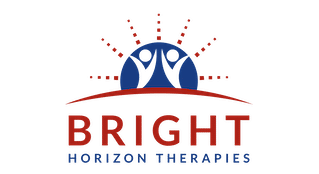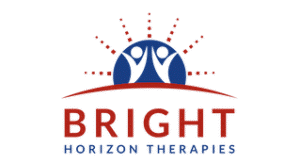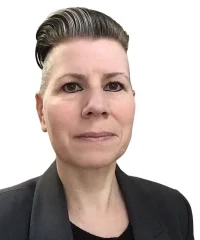I sat on the wooden floor with about 20 other students, unsure of what to expect. My mind was restless: Why was I here? Why did I think this was a good idea? I had always been skeptical about spiritual practices—my late mother’s voice echoed in my head, “You are crazy to believe in this crap.” Yet, something drew me to try. Over the years, I noticed the power of yoga in healing childhood abuse.
The sun shone softly through the windows. A small Buddha statue sat at the front, and the instructor smiled warmly. “Welcome to Ashtanga—you’ve chosen the most strenuous form of yoga,” she said. While her words weren’t encouraging, her energy was. I awkwardly followed her instructions.
Over the years, this practice traveled with me across Germany, Spain, and Canada. I can’t fully explain why I stuck with it—it just felt right. Yoga transformed me and became an essential tool for healing childhood abuse. Here are seven principles I learned from Ashtanga Yoga that supported my healing journey.
Principle 1: Start where you are
When I began Ashtanga, I had no idea what to expect. My body was stiff, my mind was restless, and I often feared judgment. Yet, after each session, I felt a peace I had never known.
Healing from childhood abuse can feel overwhelming. Social stigma, fear, and discomfort often tell us to ignore our past. The first step is to start where you are, trust your intuition, and explore healing practices that resonate with you.
Principle 2: Embrace discomfort
At first, every posture felt strange and awkward. Over time, I learned that discomfort is part of growth. Healing childhood abuse is similar: real progress often lies outside your comfort zone. Growth and transformation require facing difficult emotions and memories while staying supported and safe.
Principle 3: Be gentle with yourself
Ashtanga taught me to respect my body and honour its limits. Healing from childhood abuse works the same way. Be gentle with your fears, emotions, and wounds, while remaining committed to your growth. Gentleness is vital—it allows your healing to unfold at its own pace.
Principle 4: Stop comparing
Early in my practice, I constantly compared myself to others. I realized this kept me stuck. When healing childhood abuse, comparisons with others’ lives or experiences only hinder progress. Everyone’s journey is unique. Focus on yourself, your growth, and your own path.
Principle 5: Challenge your mind
One Ashtanga posture, Utpluthih, involves lifting the body while sitting in lotus. The first time I tried it, I thought I couldn’t do it. By staying calm, focusing, and practicing repeatedly, I succeeded.
Similarly, healing childhood abuse requires challenging negative beliefs. Our past may shape how we see ourselves, but we can transform our thoughts and emotions with commitment and curiosity.
Principle 6: The power of the breath
Breathing in Ashtanga Yoga—using Ujjayi breath—anchors the practice. It helps stay present and reduces stress. Healing childhood abuse is enhanced by breathwork: it keeps you grounded, enables you to process difficult emotions, and supports emotional regulation. Simple practices like mindful breathing can make a huge difference.
Principle 7: Commit to your process
Sri K. Pattabhi Jois, the founder of Ashtanga Yoga, said, “99% practice, 1% theory.” Knowledge alone won’t heal us. The same applies to healing childhood abuse. While we didn’t choose what happened to us, we are responsible for our own healing. Commitment, consistent action, and self-compassion are essential. Only you can walk this path, but freedom is possible.
Healing from childhood abuse is challenging, but practices like yoga provide structure and mindfulness to guide you along the journey. They can be powerful additions to trauma counselling and EMDR therapy for childhood trauma.



